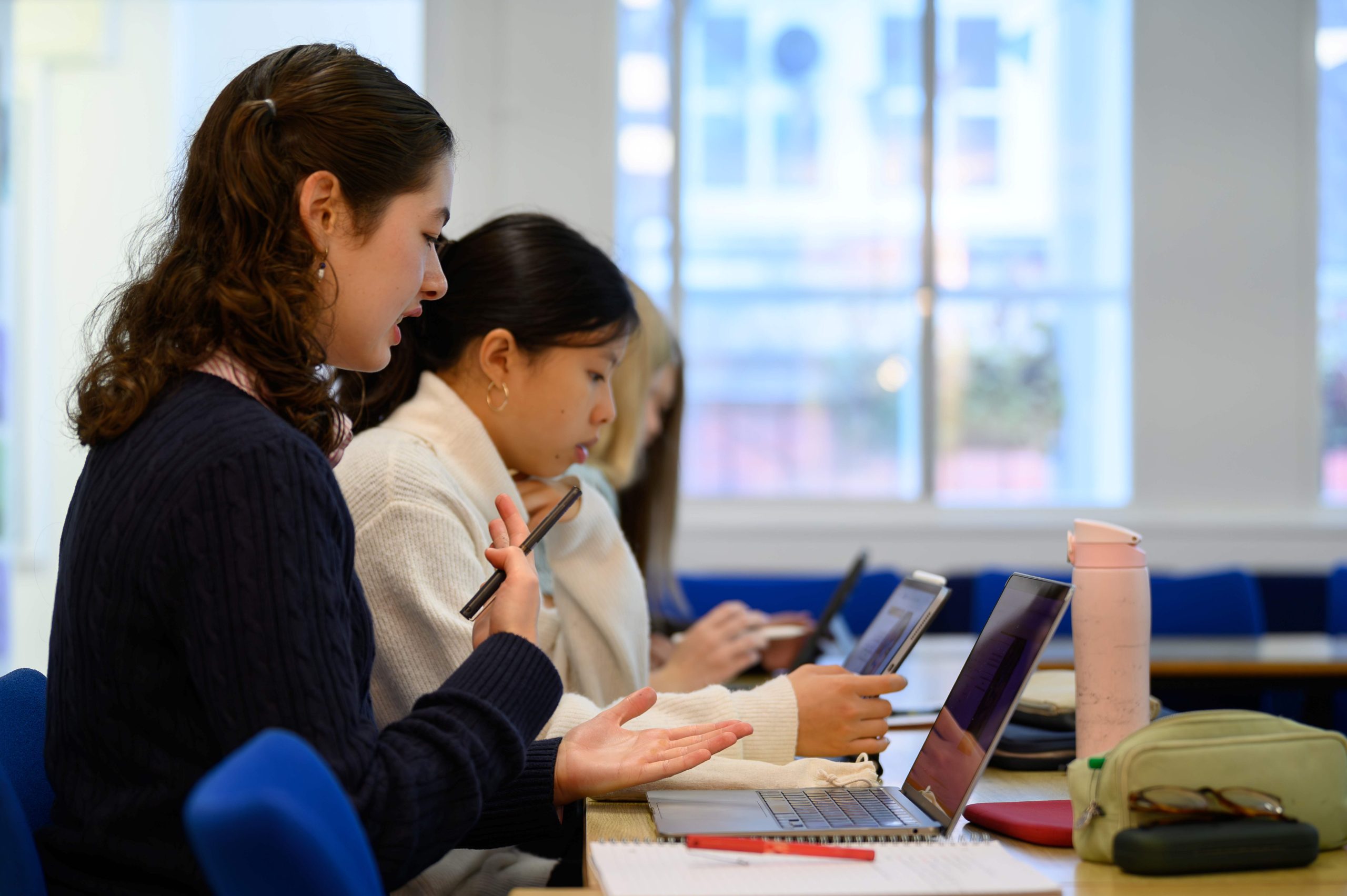The study of History of Art requires pupils to develop analytical skills that can be applied to many walks of life, as well as tools to understand how images and objects shape our social and political identities. If you enjoy writing and looking at works of art or if you are curious about the value and status of art in society, you will find this subject stimulating and very rewarding. Classes are intimate, discursive and fun, and are treated like university seminars and tutorials. Courses are structured around discussions, presentations, note taking, visual images and trips to examine art and architecture in the flesh.
At Westminster we take the Edexcel A Level course, which spans over 2000 years, specialising in Western works, but also looking well beyond the European tradition. Pupils will sit two final examination papers. Paper 1 includes a visual survey of western art: painting, sculpture and architecture from the Classical world to the 21st century, testing visual literacy in an unseen paper. Paper 1 also includes the course’s two ‘Thematic Topics’: Nature encompasses man’s relationship with his environment, from landscape to land art; Identity considers gender, nationality, divinity and ethnicity, with particular focus on portraiture and propaganda. The majority of our case studies for Paper 1 are in London.
There are two historical topics in Paper 2: The Renaissance in Italy, which considers the art and architecture of 15th– and 16th-century Rome, Florence and Venice; we also study Modernism in Europe 1900 – 1939 looking at the machine age and the art of war, and their effect on the avant-garde. There are currently two trips on which all pupils are encouraged to go, one to Florence in the Sixth Form (Year 12) and one to Paris in the Remove (Year 13), alongside a voluntary trip to Rome or Venice to help with Paper 2.

